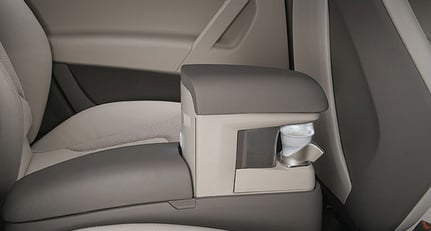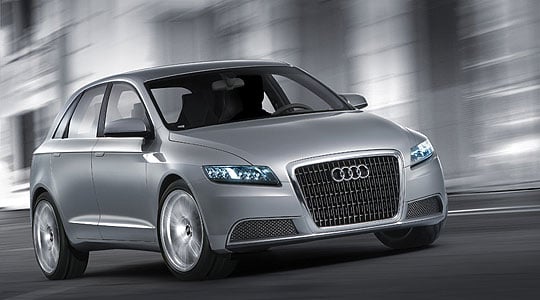
Audi is showcasing the Roadjet Concept at Detroit, a ‘fastback saloon’ design study which may, with its higher roofline and greater interior space for its 'footprint', possibly signal the shape of things to come from the company. The car also has a new 300PS, 3.2-litre V6 FSI petrol engine, a new seven-speed evolution of the widely acclaimed Direct Shift Gearbox (DSG) and Audi drive select – a system enabling engine, transmission, suspension damping and steering settings to be tailored at the touch of a button to suit the driver’s preference or the prevailing conditions.
At 4.70 m long and 1.85 m wide, the Audi Roadjet Concept has the typical dimensions of a B-segment vehicle, yet the company claims its height of 1.55 m and wheelbase of 2.85 m result in substantially more effective space for occupants. A higher seat position and ample legroom, shoulder room and head room in all four individual seats should represent a new class best.
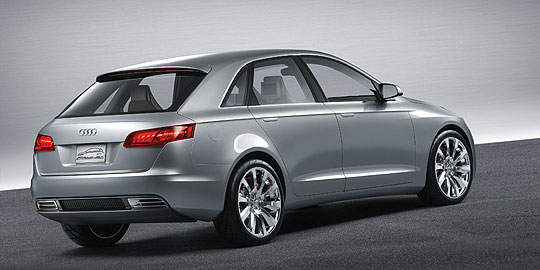
The Audi Roadjet Concept is the first Audi model to combine the Direct Shift Gearbox (DSG) with twin clutch in conjunction with a longitudinally installed engine. DSG combines the advantages of a manual gearbox - with 7-speeds in this latest version - with the qualities of a modern automatic transmission. The basis for this new development is a three-shaft 7-speed manual gearbox which offers considerable variability in the selection of the transmission ratio.
New car-to-car communication technology also enables the Roadjet Concept to exchange data directly with other vehicles while on the move, potentially improving numerous aspects of driving, most notably the reduction of congestion, accidents and parking problems.
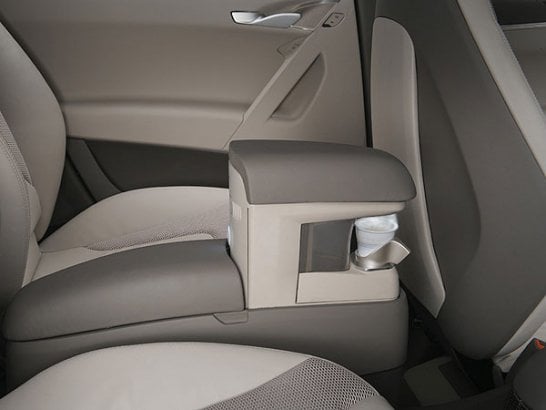
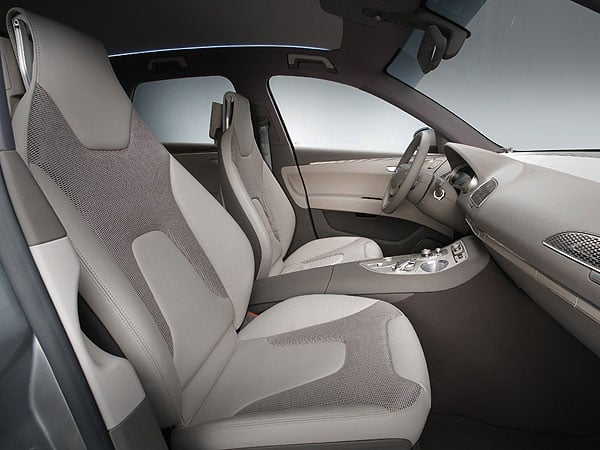
Audi quote the following as an example of the benefits of this system: "A vehicle has skidded on a slippery surface on a blind bend and is hanging half in a ditch, at right-angles to the flow of traffic. It is now unable to move unassisted. Other vehicles are swiftly approaching the obstruction but their drivers are unable to see it. With the new communication technology, the stranded vehicle will transmit a warning signal which - thanks to the network established with the vehicle's on-board navigation system - also indicates the location of the hazard. A corresponding warning simultaneously appears on the navigation screens of the approaching vehicles, indicating the location of the accident - the risk of a collision is thus substantially reduced".
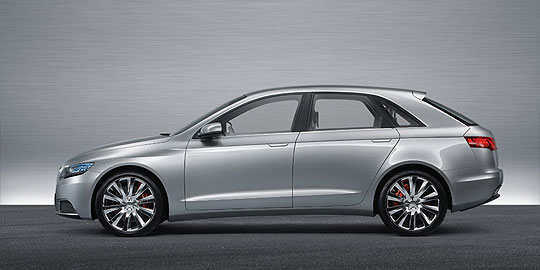
Inside the car, the Audi interior is interpreted in a new way. The instrument panel envelops the driver's and front passenger's seats in a wide, horizontally split arc. The controls and displays in the dash panel and on the centre console come across on the one hand as organically integrated and on the other as neatly structured and functional.
The four individual seat pans feature integral head restraints, and divide up the interior into four separate zones. Between the rear seats there is a system of rails that can accommodate options that include a storage box with centre armrest, an espresso machine or a baby carrier facing to the rear.
The rear seats themselves can be adjusted along diagonal rails; when opened out into their frontmost position, a centre child's seat can be installed obliquely behind the rear seats if required. This centre child's seat is guided on rails on the movable luggage compartment floor. It can be folded over and easily removed to the rear.
Text: Classic Driver
Photos: Audi
ClassicInside - The Classic Driver Newsletter
Free Subscription!
